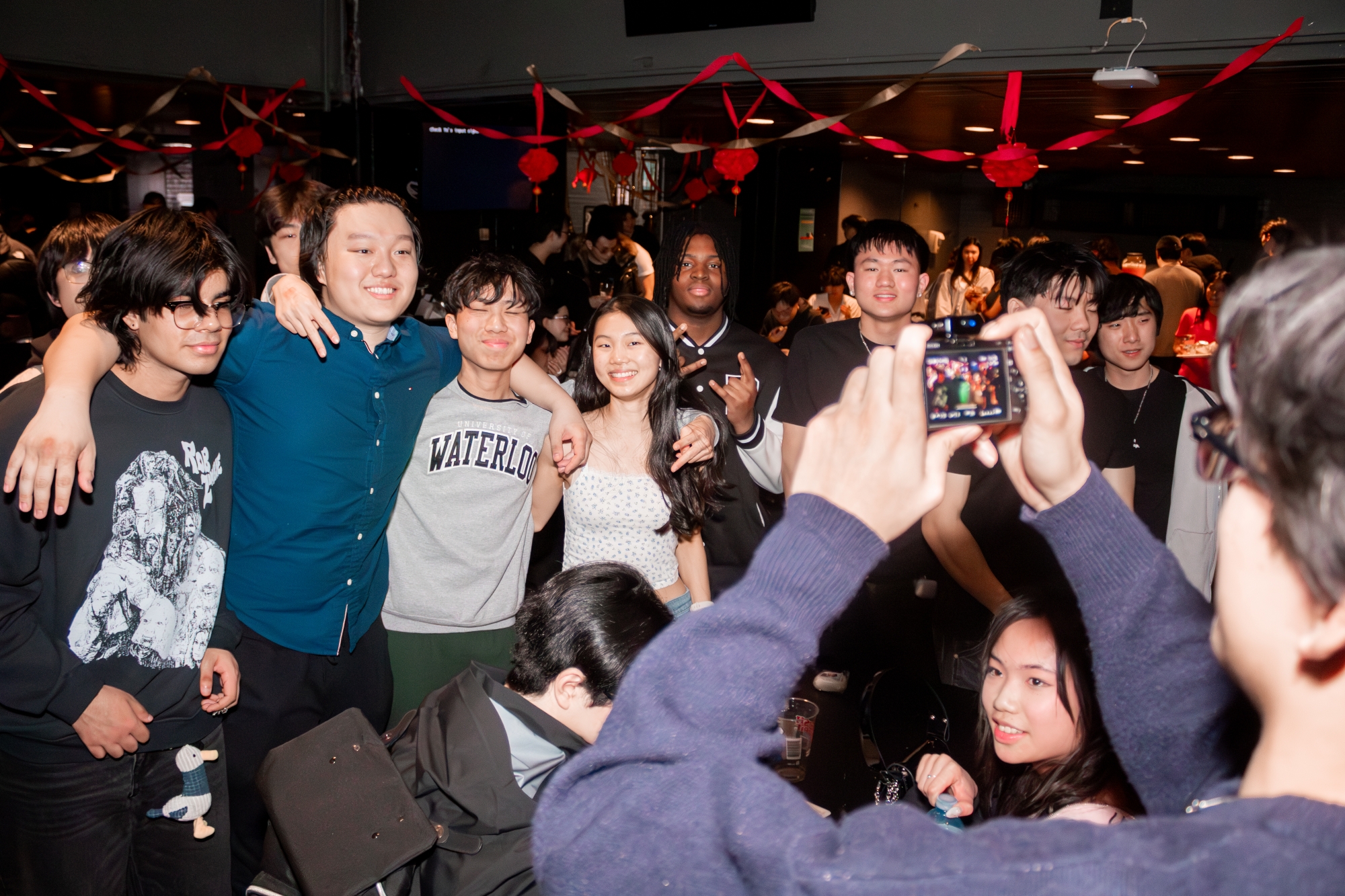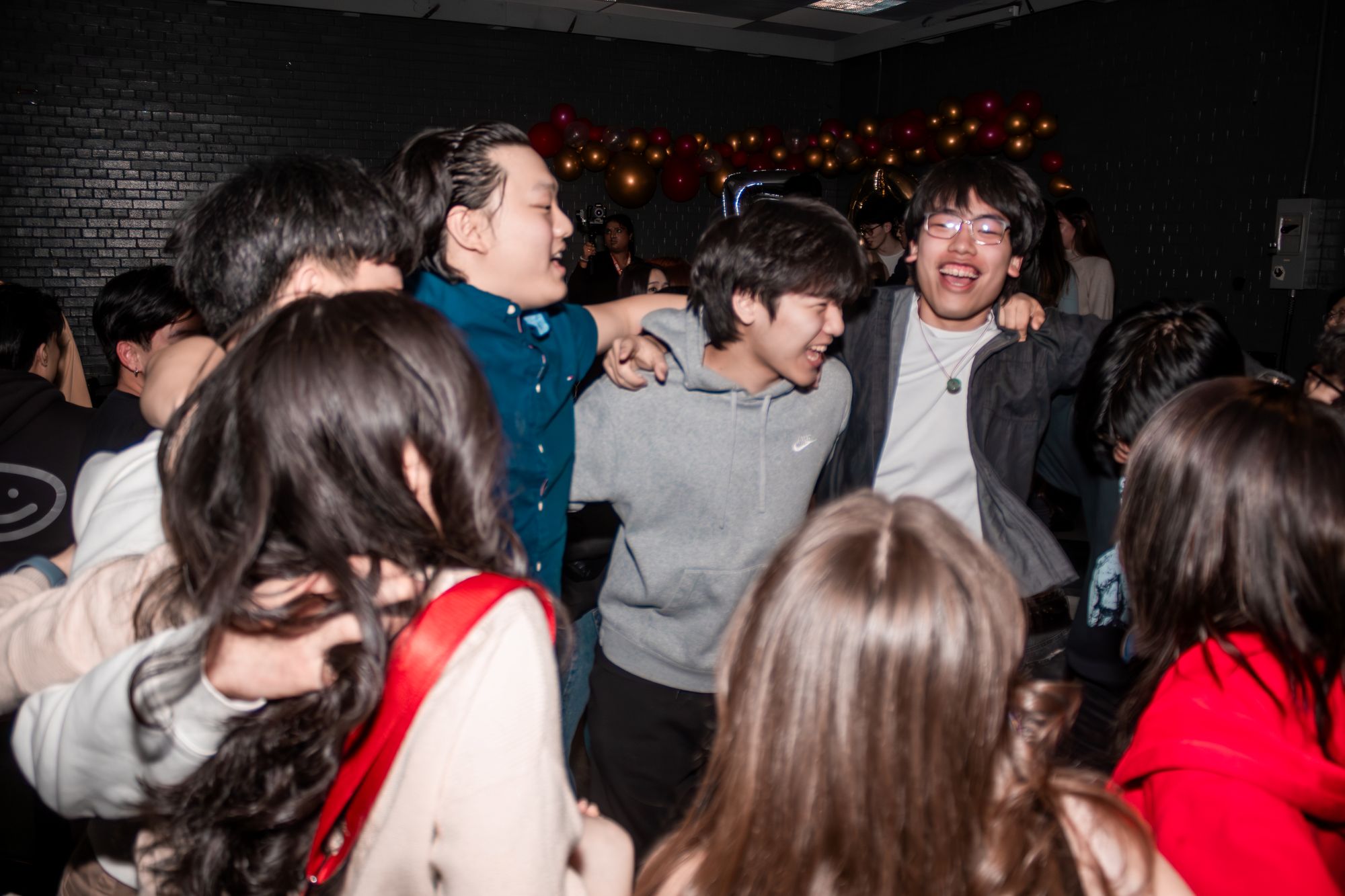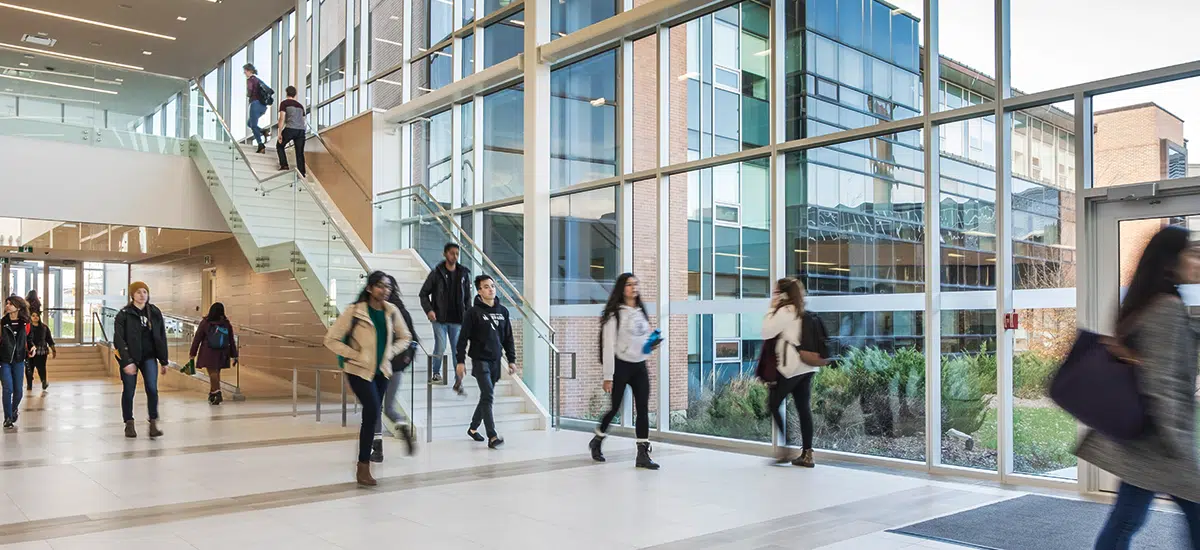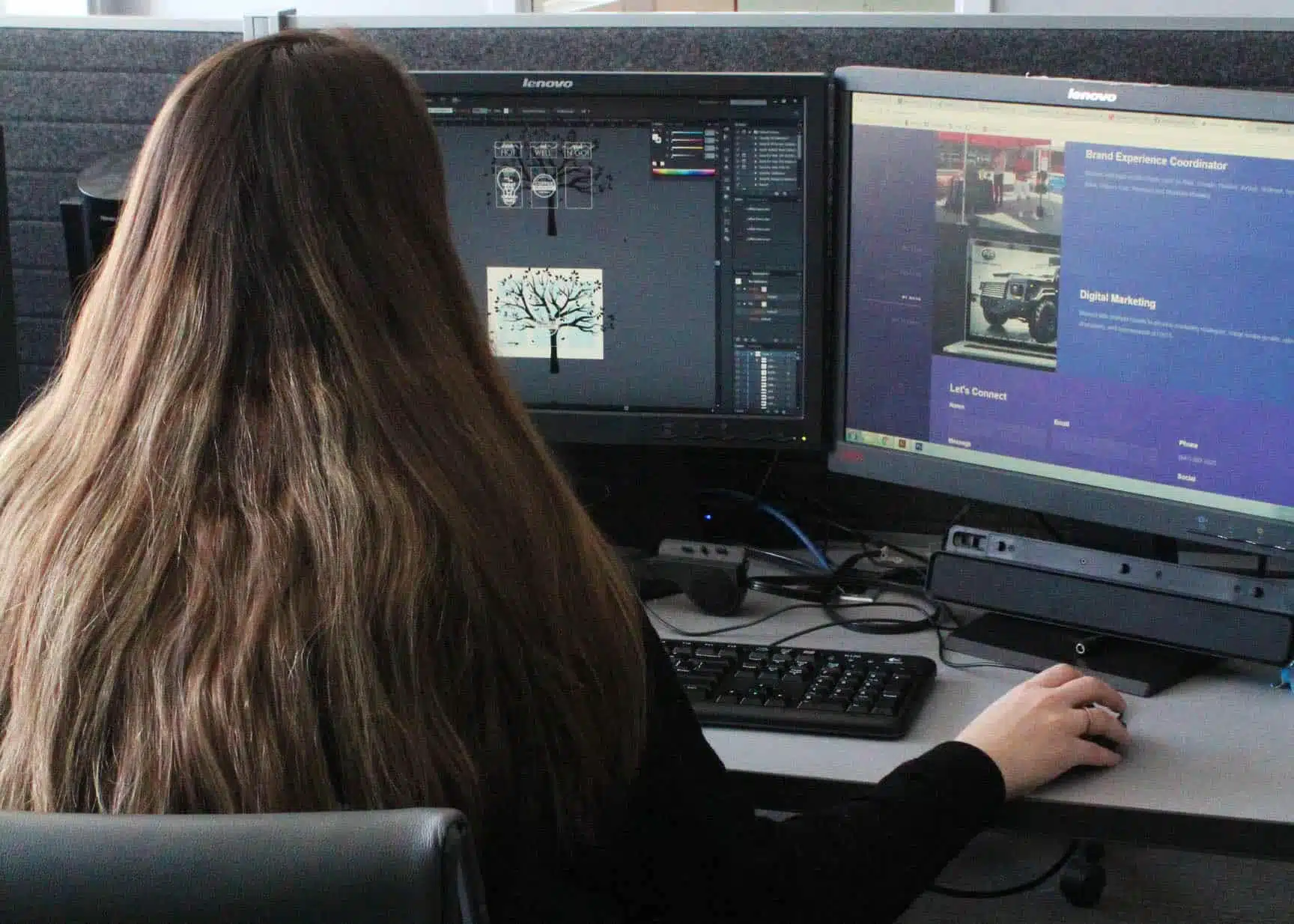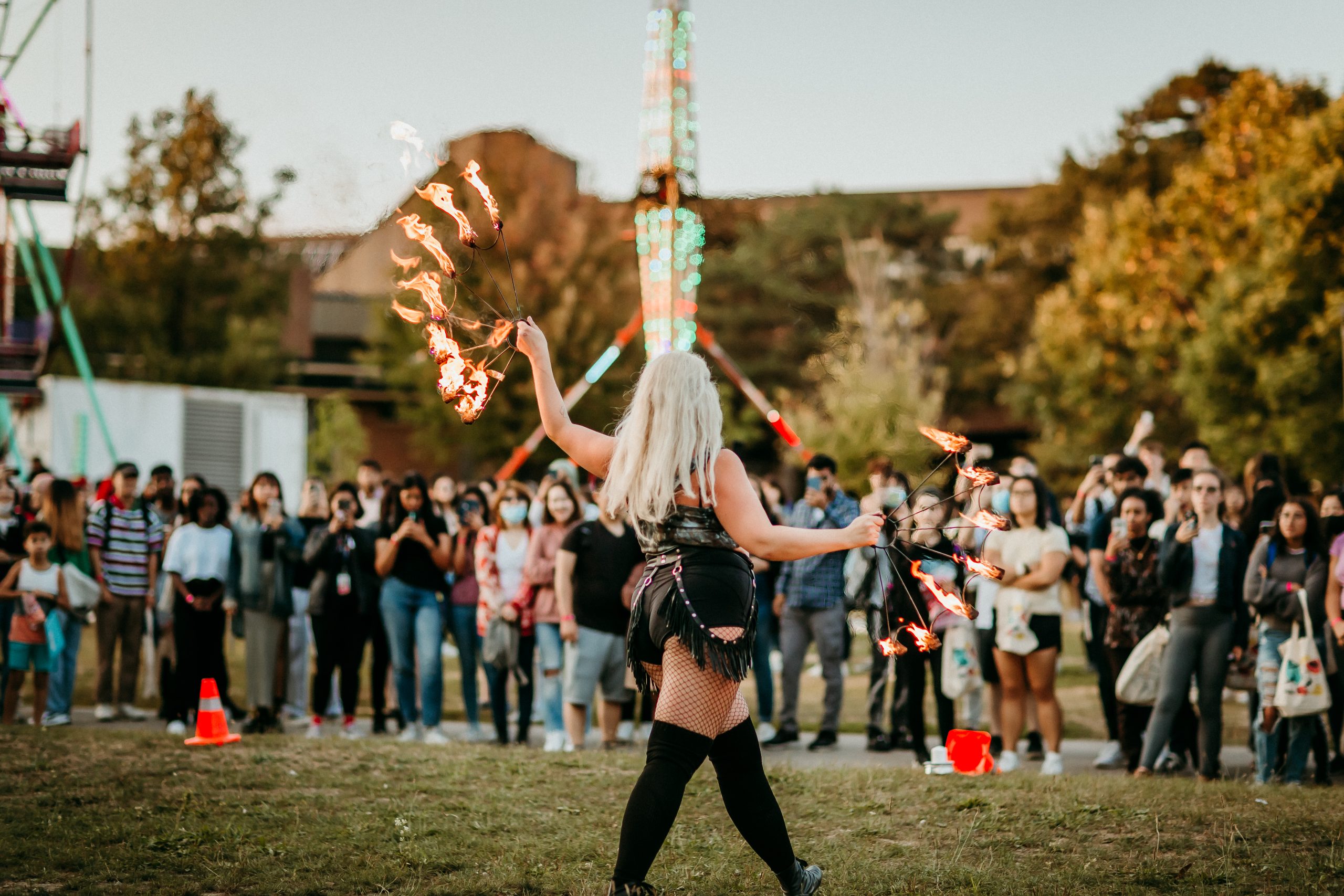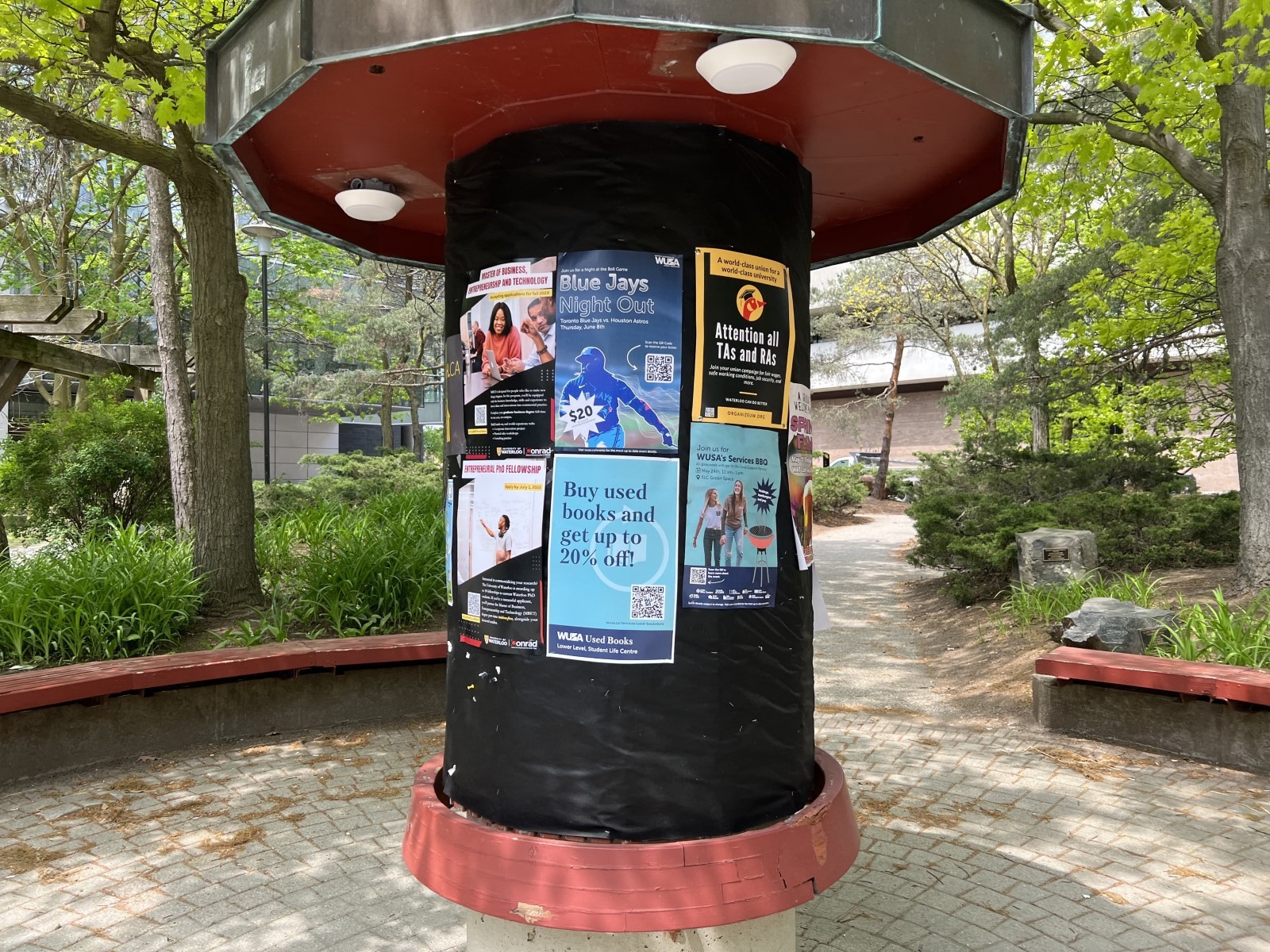This Inclusive Event Guide for Student Leaders offers tools to help design inclusive events. Consider these best practices and guiding questions to promote accessibility, inclusion, and equity in your events.
As student leaders, we commit to meaningfully designing events in ways that recognize, celebrate, and integrate intersectional identities. Our goal is inclusive access, not just institutional and legislative compliance.
This guide discusses constantly changing and evolving best practices. If you have feedback or suggested updates, please email alockley@wusa.ca .
Use this guide alongside the University of Waterloo Accessibility Training mandates.
“If you keep seeing these events and activities that are happening and you can’t participate (because of accessibility needs), it causes a lot of grief.”
(quote from the Ontario Summit for Students with Disabilities, 2024)
1. Design and Plan with Intention
Why is this important?
Inclusive events require meaningful, proactive planning, including setting aside a budget for inclusive and accessible practices. Remember: If your event is not accessible, it is not inclusive!
How do I do this?
To design an inclusive event, it is important to both consider accessibility and to ask attendees for their accommodation needs.
If you do not have the budget, time, or capacity to adapt your event to all accommodation needs, clearly communicate what accommodations could be offered and adjust the budget for future events.
Examples
Potential budget lines for inclusive events: ASL translation, closed captioning, AV equipment, assistive listening devices (FM system), materials in alternative formats, multiple food types to accommodate for dietary restrictions, waiving caregiver ticket costs, reduced ticket costs for students with lower incomes
Suggested wording for an open-ended question on registration forms: If you have an accommodation need to participate fully in this event, please indicate the accommodation needs here or reach out to example@uwaterloo.ca.
“My accommodations [and accessibility tools] aren’t helpful, they are needed.”
(quote from the Ontario Summit for Students with Disabilities, 2024)
2. Provide Information in Advance
Why is this important?
Provide enough information so people know what to expect. You don’t know what every student needs (and these accessibility needs may change), but students can tell you what they need if they know what to expect.
How do I do this?
Consider providing as much information as possible in the event promotion, including:
- Room location
- Expected number of attendees
- Level of energy required for the activity (ex. high, physical activity demands vs low energy demands in a quiet art activity)
- What food will be available
- Available accessibility tools (ex. ASL translation, Zoom captioning)
- Primary contact information to access event accessibility tools or request accommodations
Examples
The following two examples include suggested wording for how to describe different events.
- Example 1: This event will be in a large classroom with 40-50 people. The event is 1.5 hours and will have available fruit, meat, and cheese snack platters.
- Example 2: This event is a drop-in booth that is open for 3 hours and is held in the hallway between busy classrooms.
3. Provide options and alternatives for how to attend and participate
Why is this important?
Intentionally plan for options or alternatives so that all students can fully participate in and enjoy your event, whether this is with different activity options within a single event or differing event types throughout the semester. Different students, including students with disabilities and students with neurodivergence, will have different needs and prefer different environments.
Consider who is being included and who is being excluded from your event.
How do I do this?
There are many ways to support students' diverse needs through diverse events. Consider the following examples:
- Offer hybrid events (ex. live streaming a guest speaker)
- Offer both an in-person and a virtual networking session on different dates
- Offer multiple dates and times for drop-in sessions to pick-up exam de-stress packages
- Have a second "quiet room" booked at louder and longer events
Examples
The following two examples suggest ways to incorporate different attendee needs and preferences into an event.
- Example 1: An orientation event that allows students to run through colored powder to decorate a white shirt OR sit at a table and decorate their shirt with liquid paint.
- Example 2: Students can pick up a midterm de-stress package from a booth in a busy hallway between classrooms OR at any point during that week from the main club office.
The next two examples suggest ways that you can provide alternative ways of engaging with your inclusive communications.
- Example 1: Introduce your pronouns vocally and written on a nametag.
- Example 2: Advertise an event on your Instagram feed and through physical posters.
"It hurts each time you realize that you aren't worth including or accommodating because it's 'too much extra work'. It makes university a really lonely experience."
(quote from the Ontario Summit for Students with Disabilities, 2024)
4. Starter Checklist for Inclusive Events
TIP: Designing inclusive events can feel overwhelming. Start with one small step and use student feedback to guide your improvements. Have an open feedback form and event-specific feedback forms to collect student thoughts, ideas, and needs.
Dates & Times
- Religious holidays and prayer times have been avoided in selecting dates and times
- Consideration has been made to meaningful days of observance (ex. National Day of Truth and Reconciliation, Indigenous Peoples Day, Transgender Day of Remembrance, Juneteenth)
- Avoid other conflicting events with similar themes or similar audiences
Physical Accessibility
- Physical space is close to an inclusive washroom
- Optional virtual and hybrid engagement is set up
- Physical space does not have stairs as the only access option
- Longer event has additional space for prayer rooms
- Longer event has additional space for quiet rooms
- Tripping hazards are easy to navigate around (ex. chairs, tablecloths, speakers)
- Ensure availability of a variety of seating options (ex. seats without arms)
- Consideration has been made to mask wearing, free mask availability, and/or space to remove masks to eat and drink
Accessible Ticket Costs
- Offer reduced ticket costs for students with lower incomes
- Waive the ticket costs for caregivers or support workers
Balance Event Energy Demands
- Balance the number of loud, high-energy events (ex. physical activity games, large crowds) with quieter, low-energy events (ex. art events, smaller crowds) throughout the semester
- Offer two types of activities within one event to support students’ diverse needs (ex. book two rooms for “loud activities” and “quiet activities”, or host an art table at a physical activity event)
Event Promotion
- Event is advertised at least 3 weeks in advance
- Event is promoted in multiple formats (ex. social media, physical poster, website)
- Posters are written in plain language with all event expectations clearly defined
- Event accessibility features and capacity are clearly promoted
- Share contact information where attendees can request accommodations (if possible)
Gender Inclusivity
- There are nametags available for attendees to share their name and pronouns
- Event hosts introduce themselves with their pronouns
Food Accommodations and Accessibility
- Students may have dietary needs due to allergies, sensory sensitivities, medical conditions, religious observances, or personal health reasons.
- When collecting RSVPs, invite attendees to specify their needs in their own words.
- If your event does not require RSVPs, consider providing alternative food options such as halal, gluten-free, and vegan options.
Questions?
Student leaders who are organizing events are encouraged to reach out to their department, club, or service manager to ask questions and discuss inclusive event design.
This guide was developed collaboratively between WUSA and the Campus Accessibility Team.

